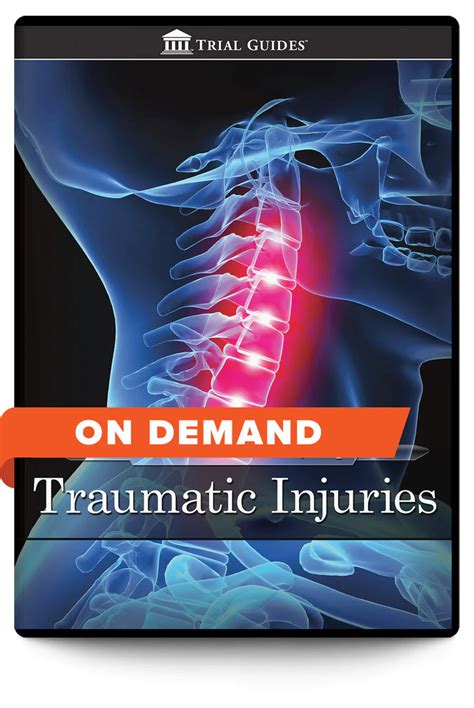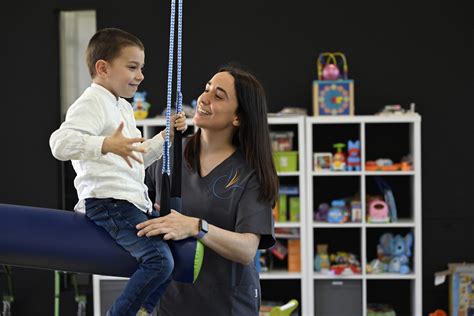Intro
Recover from a broken collarbone with expert guidance on fracture treatment, rehabilitation, and physical therapy, ensuring a smooth and safe healing process for a speedy return to activity.
The recovery process for a broken collarbone, also known as a clavicle fracture, is a crucial aspect of healing and regaining full mobility and strength in the affected area. A broken collarbone is a common injury that can occur due to various reasons such as falls, sports accidents, or car accidents. The road to recovery can be lengthy and requires patience, dedication, and proper care. In this article, we will delve into the importance of proper recovery techniques, treatment options, and rehabilitation exercises to help individuals recover from a broken collarbone.
A broken collarbone can be a painful and debilitating injury, affecting daily activities and overall quality of life. The clavicle plays a vital role in connecting the arm to the body, and any damage to this bone can impact movement and function. Fortunately, with advancements in medical technology and rehabilitation techniques, individuals can expect a full recovery with proper treatment and care. It is essential to understand the recovery process, including the different stages, treatment options, and rehabilitation exercises, to ensure a successful and speedy recovery.
The recovery process for a broken collarbone typically involves several stages, including immobilization, rehabilitation, and strengthening. The initial stage involves immobilizing the affected area to allow the bone to heal properly. This can be achieved through the use of a sling or brace, which helps to reduce movement and alleviate pain. The rehabilitation stage focuses on regaining mobility and strength in the affected area through a series of exercises and physical therapy. The final stage involves strengthening the surrounding muscles to prevent future injuries and improve overall function.
Understanding the Injury

Treatment Options

Non-Surgical Treatment
Non-surgical treatment options are often preferred for nondisplaced fractures or minor injuries. Immobilization using a sling or brace can help reduce movement and alleviate pain. Pain management medications, such as acetaminophen or ibuprofen, can be prescribed to manage discomfort. Physical therapy may also be recommended to improve mobility and strength in the affected area.Surgical Treatment
Surgical treatment is often necessary for displaced fractures or more complex injuries. ORIF and CRPP are two common surgical options used to treat broken collarbones. ORIF involves making an incision to access the affected area, allowing the surgeon to realign the bone fragments and secure them using plates, screws, or rods. CRPP, on the other hand, involves using pins and screws to stabilize the bone without making an incision.Rehabilitation and Recovery

Exercises and Physical Therapy
Exercises and physical therapy play a vital role in the rehabilitation process. Gentle exercises, such as shoulder rotations and arm lifts, can help improve mobility and reduce stiffness. Strengthening exercises, such as resistance band exercises or light weightlifting, can help improve strength and function. Physical therapy sessions may also involve manual therapy, such as massage or joint mobilization, to improve range of motion and reduce pain.Return to Activity
Returning to activity after a broken collarbone requires careful consideration and planning. It is essential to avoid heavy lifting, bending, or twisting, which can put excessive strain on the affected area. A gradual return to activity, with a focus on low-impact exercises and stretching, can help prevent re-injury and promote a successful recovery.Preventing Future Injuries

Strengthening Exercises
Strengthening exercises, such as shoulder presses and lateral raises, can help improve strength and function in the affected area. These exercises can be performed using light weights or resistance bands and should be tailored to meet individual needs.Proper Technique
Proper technique is essential when participating in sports or high-risk activities. Individuals should focus on using proper body mechanics, such as keeping the shoulders down and away from the ears, to reduce the risk of re-injury.Conclusion and Final Thoughts

We invite you to share your thoughts and experiences with broken collarbone recovery in the comments section below. Have you or someone you know experienced a broken collarbone? What were some of the challenges you faced during the recovery process? What tips or advice would you give to others who are going through a similar experience? By sharing your story, you can help others who are navigating the recovery process and provide valuable insights and support.
What are the common causes of a broken collarbone?
+A broken collarbone can occur due to various reasons, including falls, sports accidents, or car accidents. The clavicle is a vulnerable bone that can be easily injured, especially in high-impact activities.
How long does it take to recover from a broken collarbone?
+The recovery time for a broken collarbone can vary depending on the severity of the injury. Generally, it can take anywhere from 6-12 weeks to recover from a nondisplaced fracture, while displaced fractures may require 3-6 months to heal.
What are some common symptoms of a broken collarbone?
+Common symptoms of a broken collarbone include severe pain, swelling, bruising, and limited mobility in the affected area. Individuals may also experience numbness or tingling in the arm or hand.
